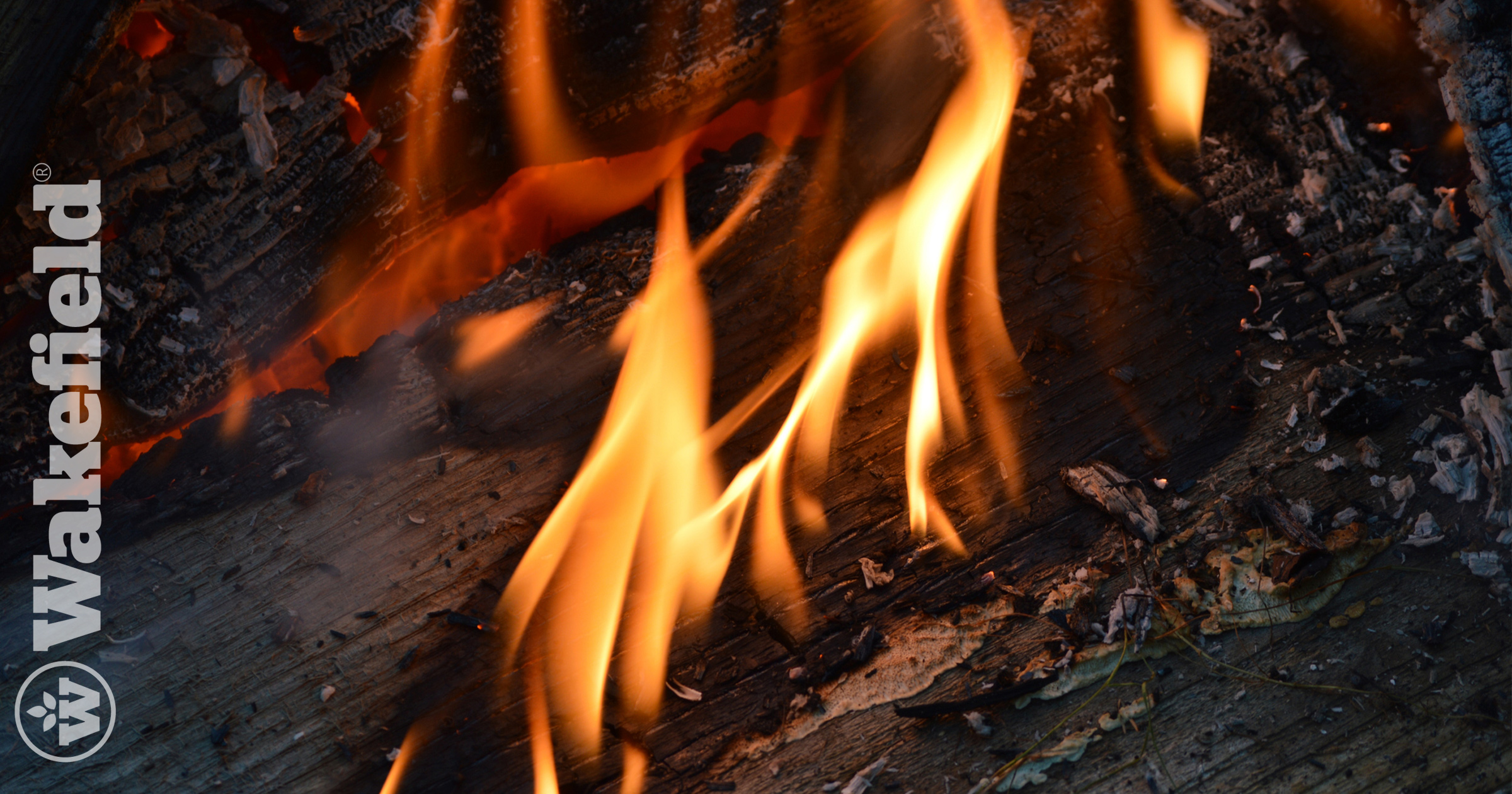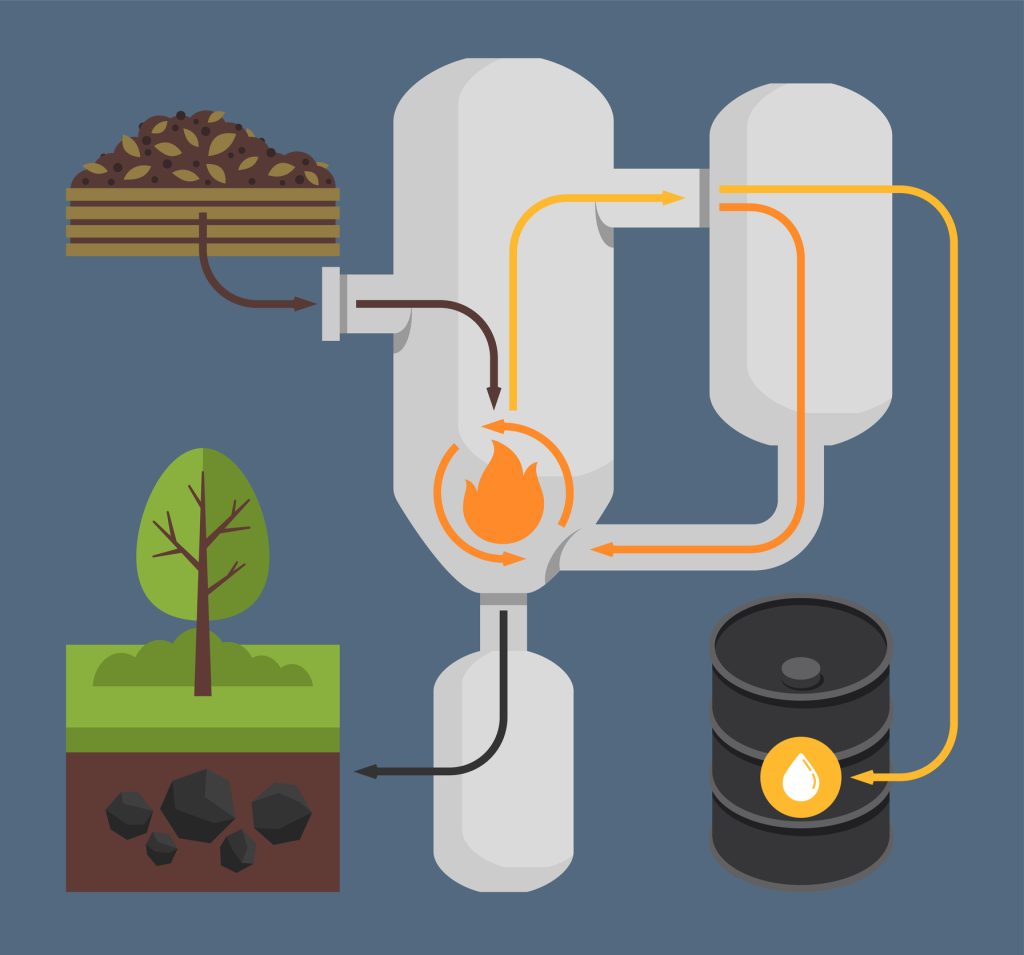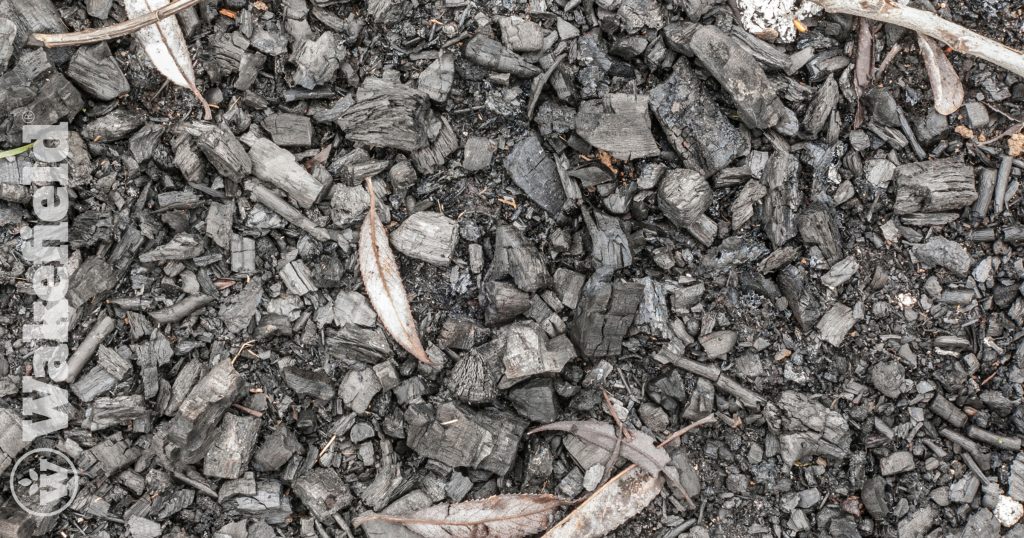What is Pyrolysis?

Pyrolysis is a fascinating process that plays a crucial role in creating biochar. Let’s dive into what pyrolysis is, how it works, and why it’s important for our environment.
What is Pyrolysis?
Pyrolysis is a process that involves heating organic materials in the absence of oxygen. Unlike burning, which requires oxygen, pyrolysis decomposes materials through heat alone. This method breaks down complex substances into simpler ones, producing biochar, gases, and liquids.
How Does Pyrolysis Work?
The pyrolysis process starts with organic materials, such as wood, agricultural residues, or even manure. These materials are heated to high temperatures, typically between 400 and 800 degrees Celsius. Here’s a step-by-step look at what happens:

- Heating: The material is heated in a special reactor. Because there is no oxygen, the material doesn’t burn but instead breaks down.
- Decomposition: As the temperature rises, the material starts to decompose. This decomposition releases gases and leaves behind a solid residue.
- Collection: The gases and liquids produced are collected and can be used for energy or other purposes. The solid residue is biochar, a valuable product with many benefits.
Why is Pyrolysis Important?
Pyrolysis is not just a cool scientific process; it has significant environmental benefits. Here are a few reasons why pyrolysis and biochar are so important:
Reducing Waste and Improving Soil Health
Firstly, pyrolysis helps reduce waste. By converting organic waste into biochar, we can keep large amounts of waste out of landfills. This not only saves space but also reduces methane emissions from decomposing waste. Moreover, biochar is incredibly beneficial for soil. When added to soil, biochar improves its structure, retains water, and provides essential nutrients for plants. This leads to healthier crops and better yields for farmers.
Carbon Sequestration and the Future of Pyrolysis
Additionally, pyrolysis plays a role in carbon sequestration. The carbon in organic materials is stored in biochar, keeping it out of the atmosphere. This helps combat climate change by reducing the amount of carbon dioxide, a major greenhouse gas. As we look to the future, pyrolysis technology continues to advance. Scientists and engineers are finding new ways to make the process more efficient and cost-effective. With these innovations, pyrolysis could become a key part of sustainable waste management and agricultural practices.
Pyrolysis is an exciting process with numerous benefits. By transforming waste into valuable biochar, we can improve soil health, reduce waste, and help fight climate change. As technology progresses, the potential of pyrolysis will only grow, making it an essential tool for a sustainable future.






